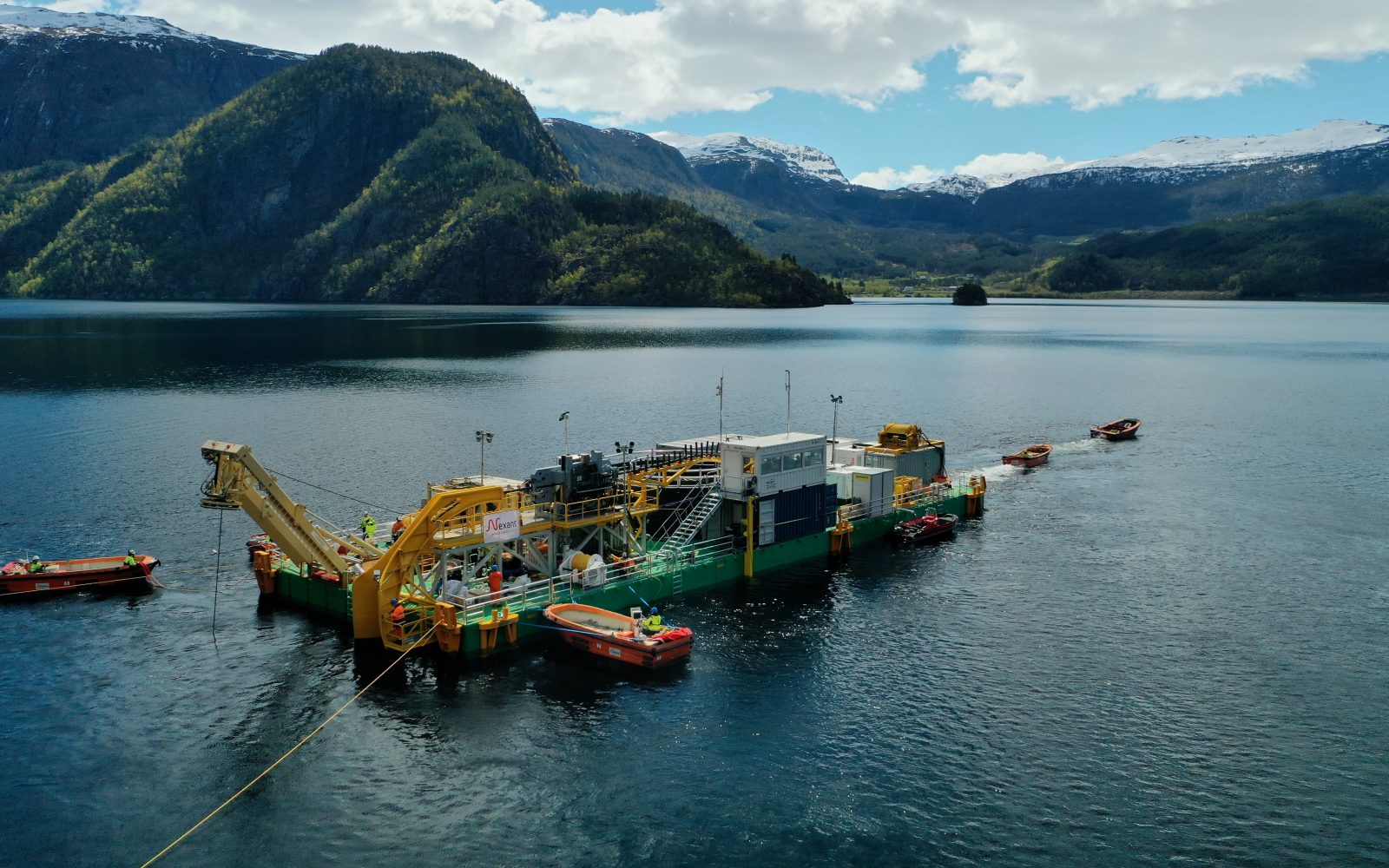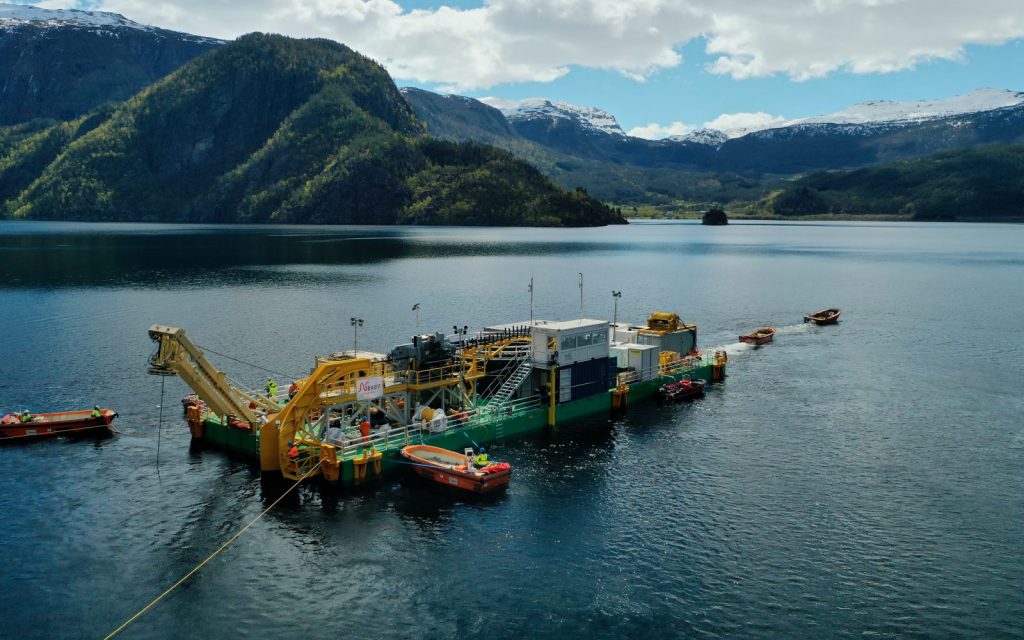The world’s longest subsea electricity interconnector, the North Sea Link, has started operation.
Connecting Blyth in Northumberland and the Norwegian village of Kvilldal, near Stavanger, the £1.37 billion (€1.6 billion) interconnector has been developed as a joint venture by National Grid and Norwegian operator Statnett.
The 450-mile cable started operating on Friday 1 October, with an initial capacity of 700MW, which will be increased gradually to its full capacity of 1400MW over the next three months. This follows Statnett’s standard approach for integrating new interconnectors.
Norway sources almost all its electricity from hydropower plants that are connected to large reservoirs, allowing them to respond faster to fluctuations in demand than other major generation technologies. But this is still subject to weather conditions and varies throughout seasons.
Britain will be able to benefit from this secure, green source of energy, while Norway will be able to import power when wind generation is high and demand low to conserve water in its reservoirs.
North Sea Link is National Grid’s first interconnector with Norway and its fifth overall, operating links to Belgium, France and the Netherlands. Electricity imported via these connections will be 90% from zero carbon sources by 2030, the company said.
Read more: CURRENT




